Making Tax Digital comes into play from April 2019, and it would appear that many businesses, and HMRC themselves are very unprepared.
From April 2019, those companies for whom Making Tax Digital (MTD) applies, no longer be able to file paper VAT returns, nor will they be able to calculate their VAT position manually and simply enter the ‘Box’ figures via HMRC’s gateway to determine their liability and submit their return.
Instead, every business with vatable revenue of more than the current £85,000 threshold will have to manage VAT records digitally, using dedicated software which automatically shares information with HMRC. HMRC had original promised that there would be ‘APIs’ (application programming interfaces) which would allow businesses who currently use excel to keep their records and make the appropriate calculations to continue to do so. Such APIs have however not as yet been forthcoming, and it would not appear likely that this will continue to be an option.
As you may be aware this move to digital recording and submission of VAT is the first phase of the Government’s Making Tax Digital agenda which it intends to eventually roll out to the administration of all tax, both business and personal. The aim is to implement a more streamlined, swifter tax system in which data must be shared with HMRC a minimum of four times a year, and much of which will be pulled automatically from third parties such as banks, pension providers and software companies.
The overall aim of this move is to ‘close the tax gap’. The government thinks that by encouraging tax payers to be more up to date with their affairs that billions of pounds will be saved from clerical errors which happen currently, and also that late and defaulted payments will be reduced as HMRC moves away from demanding larger one off payments and effectively allows people and businesses to ‘pay as they go’.
Even if you are one of the many businesses who already use some kind of accounting software for your bookkeeping and preparation of your VAT return information, it is possible that your software is not yet compatible with the Making Tax Digital system. We are urging clients to be careful not to get left behind in the rush to get compliant options up and running ready for next tax year.
Software Requirements:
Under the new regime, every business will have its own digital tax account with HMRC. In theory, it won’t matter how businesses choose to create and keep tax records, as long as it is done digitally – spreadsheets are still fine. But the important thing is that these records must be linked to your digital tax account. That is where the need for compatible software comes in.
The new software platforms will act as a gateway to the digital tax system, processing financial records and extracting the relevant data to send to HMRC on a quarterly basis (as a minimum). It is anticipated that many of the new platforms will be cloud-based, meaning they will be accessible on multiple devices, including via smartphone apps. Some may also include useful features such as invoice scanning, allowing business owners to quickly upload transaction data simply by taking a photo.
Next Steps:
If you currently complete and submit your VAT returns yourself, you will need to ensure that any software you are using is compliant with MTD. If you are not yet using any software we would strongly recommend you find a provider well in advance of the April 2019 deadline in order that you get fully up to speed with how to properly use it before you have to submit your first return in this new way. There are may options to choose from – HMRC has announced that it is working with 150 software firms to get compliant platforms on the market by 2019!! The favourites amongst our clients tend to be Xero, Sage, QuickBooks, Kashflow, FreshBooks and FreeAgent amongst others.
If you would like any more advice about Making Tax Digital and what you need to do to ensure you are fully ready, please feel free to get in touch with one of the team here who will be happy to help.







